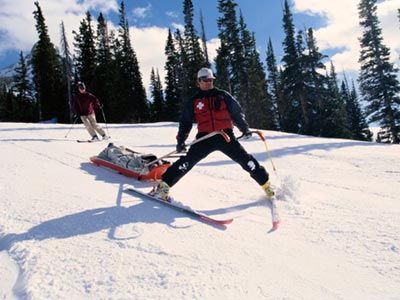From collecting native plant seeds in Alaska's Denali National Park to digging for fossils in Valley Forge, Pennsylvania, the U.S. Geological Survey offers hundreds of volunteer opportunities to those wanting to donate time to natural science.
With more than 400 research centers across the country, the U.S. Geological Survey (USGS) monitors volcanoes, earthquakes, glacier melting, soil contamination, oil reserves levels and water quality in groundwater, rivers and lakes across the country.
Advertisement
It's also the nation's largest mapping agency, best known for its topographic maps -- those that show land contours like mountains -- as well as aerial photos taken by satellite [source: USGS].
A bureau of the U.S. Department of the Interior, the USGS employs 10,000 scientists and support staff who study the topography of the U.S, its natural resources and environmental hazards like earthquakes, wildfires, floods and climate change.
Headquartered in Reston, Virginia, the agency was created by an act of Congress in 1879 to inventory the vast lands acquired by the U.S. in the 1803 Louisiana Purchase. The agency's mission was -- and remains -- to classify public lands, examine their geological structures and inventory their mineral resources [source: USGS].
Its scientists work in all 50 U.S. states, including major offices in Lakewood, Colo. and Menlo Park, Calif. For volunteers, the USGS offers dozens, if not hundreds of opportunities to help the scientists perform their research.
To find one, simply click on the state you want on a map on the USGS Web site and it will list what's available, including a description of the position, time requirement, qualifications and benefits [source: USGS]. In some cases, you even get a free USGS hat.
Read on to learn how to become part of the USGS's National Maps Corps.
Advertisement


